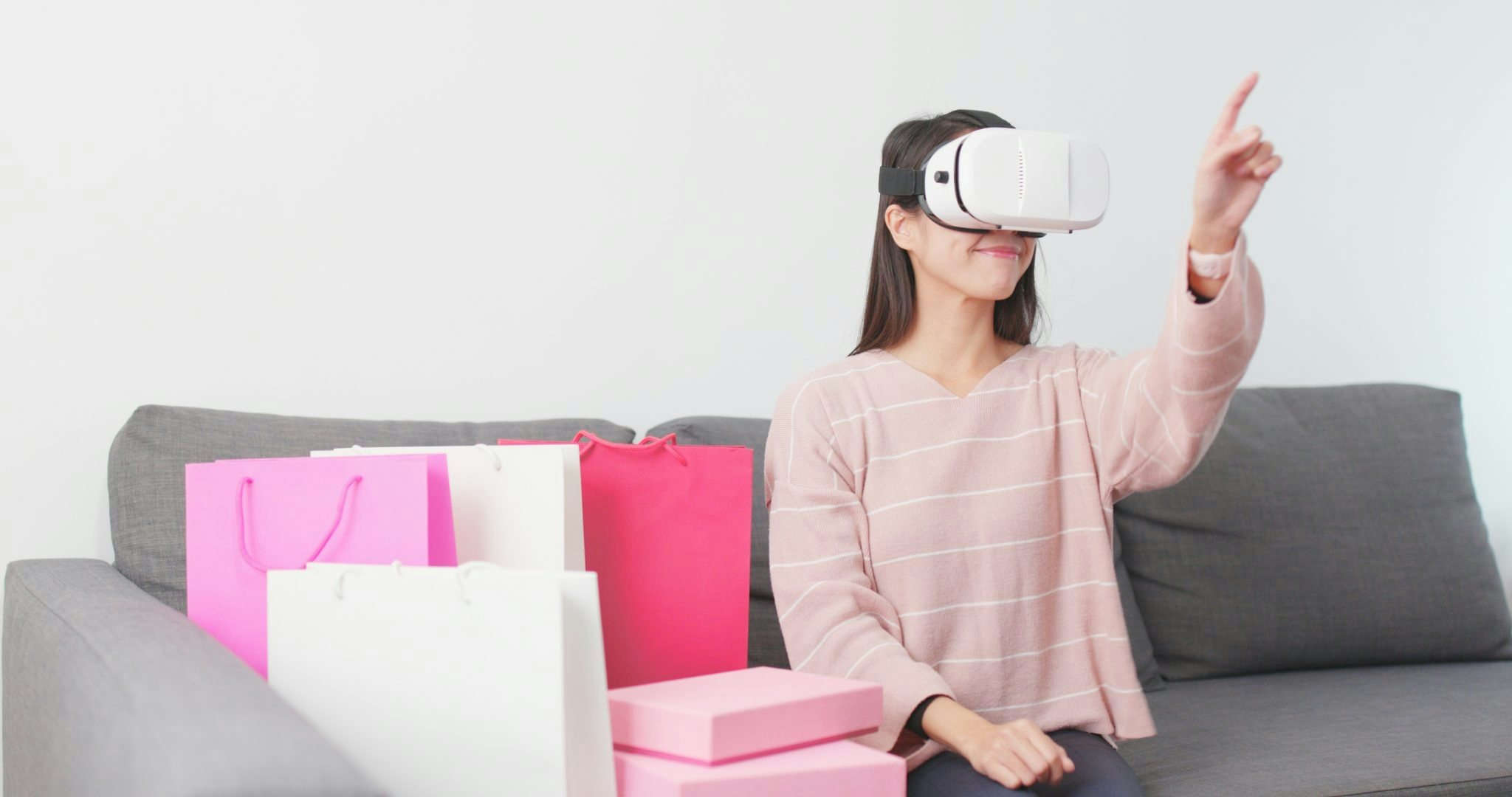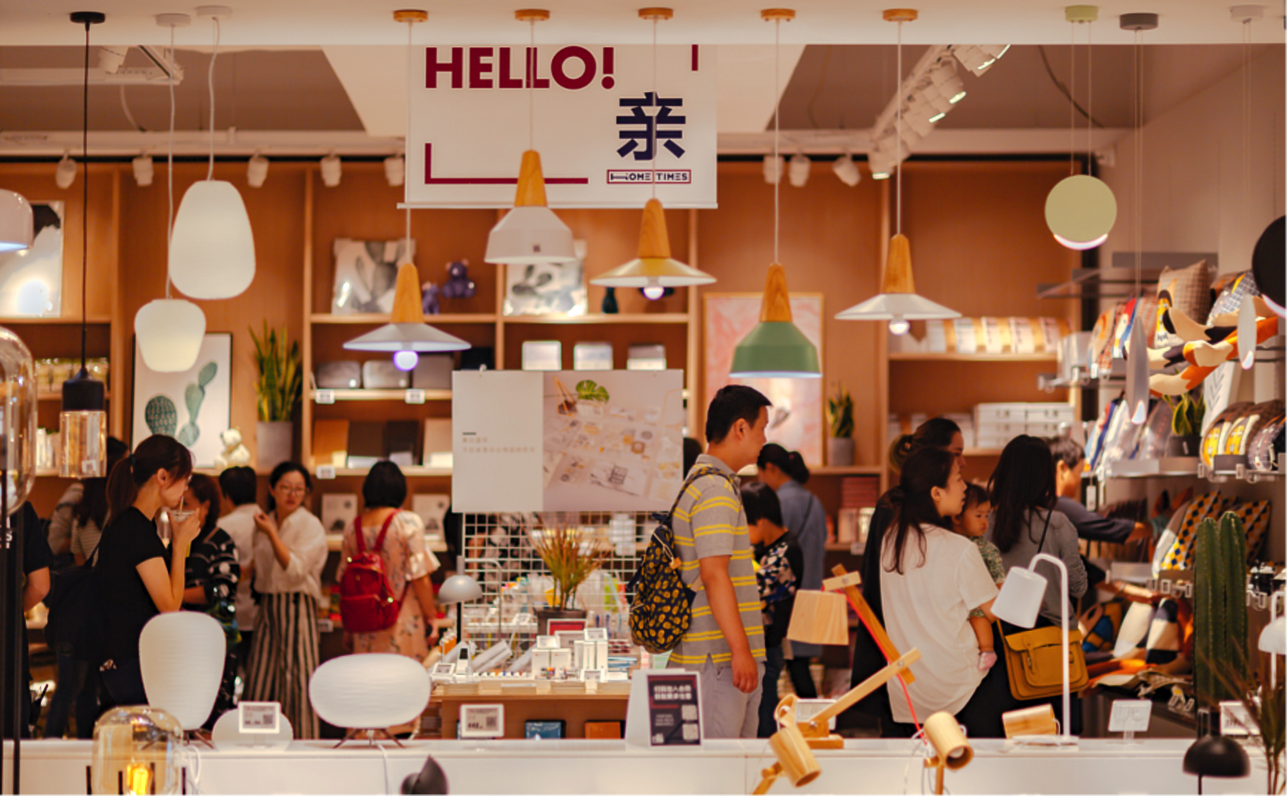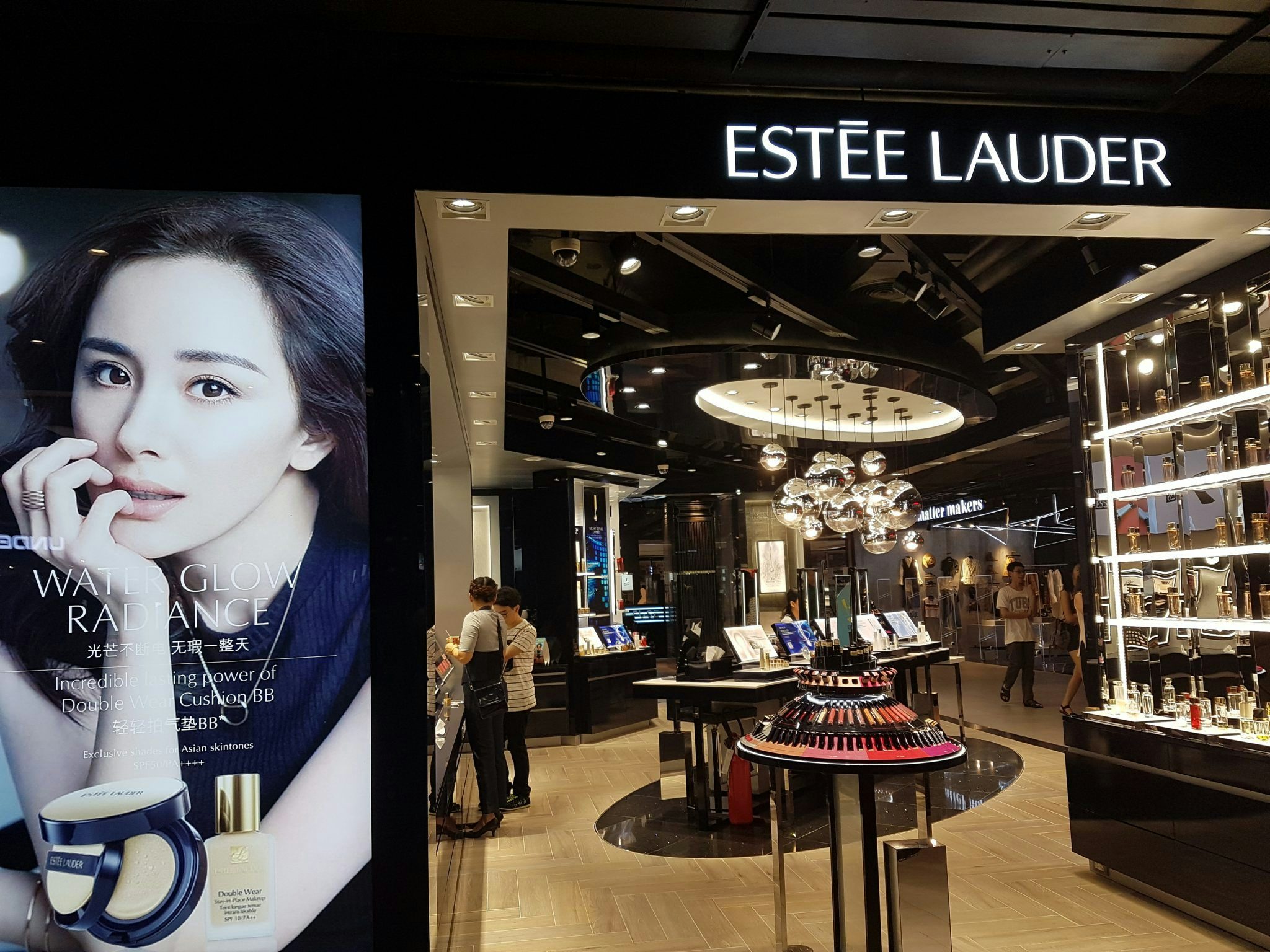Two years after he introduced the phrase New Retail, it remains a foundational aspect of Jack Ma Thought. And because the Alibaba CEO has considerable resources to disseminate his ideas (via, for example, the PR website Alizilla, research agency AliResearch, and the Tmall annual gala), and to directly shape the future of retail through his business operations, New Retail is a notion that brands, consultants, and marketers cannot avoid.
The basic idea behind New Retail is this. It’s no longer enough to be an online or offline business. You must be both. New Retail requires combining the best aspects of physical retail spaces with the latest capabilities in digital technology. A customer should, for instance, be able to walk into a store, scan a QR code, see product reviews and descriptions, and complete their purchase either there in the store (perhaps via an instant RFID or facial recognition checkout), or when they get home — on a mobile phone, for instance, or via voice-command using the Amazon Echo or the Tmall Genie.
Additionally, in the New Retail future, companies will be better at leveraging data from social media and past purchasing behavior to understand and cater to individual consumer preferences. Physical retail spaces will allow people to have more satisfying, human, meat-space interactions than they would in a hikikomori life lived only through online shopping.
Bain & Company and AliResearch have released a report entitled Embracing China’s “New Retail” that describes progress in New Retail so far. The report's authors are adamant that the concept is just as applicable to luxury brands as more mass market brands.
You could argue that New Retail has already transformed shopping in China. China leads the US in mobile internet users (700 million versus 200 million), mobile payments (60 trillion versus 1 trillion), and delivery of orders (31 billion versus 13 billion). Chinese shoppers already use their phones as they shop in stores, checking reviews, comparing prices online, and even ordering from websites while browsing a rival’s shelves. Payments are typically completed using WeChat Pay or Alipay. The basic infrastructure for uniting digital and physical retail is there, but it's premature to say that New Retail has arrived.
"The key to New Retail is not just high online or offline penetration, but integrated and data-driven consumer experience and operation," said Bain's Jason Ding, the lead author of the report.
Those who succeed in the New Retail environment will be able to switch from limited consumer surveys and focus groups to getting meaningful insights from every interaction they have with customers. They will have quicker research and development timelines, more diversified product lines to serve personal preferences, and more efficient supply chains to capitalize on the consumer purchasing occasions they identify.
According to the report, FMCG brand Mondelez ticked many of those boxes with its Oreo turntable, which plays music when a cookie is placed on top, and changes tracks depending on how many bites you’ve taken. This example is notable not just for its success — selling 80 times as many units as Mondelez's average, with 90 percent going to new customers — but also for the speed at which they developed the product. Getting the idea to market took just seven days.
Being able to understand changing consumer preferences quickly, and bring products directly to market based on that understanding, is a key component of New Retail. But it's somewhat of a challenge for luxury brands, whose high-end items have traditionally taken longer to design and produce.
Nevertheless, Ding said, "luxury brands will also benefit from new retail because they put even more value on consumer experiences instead of just product availability and price." The implication is that there are other facets of the purchasing experience where luxury brands can react quickly.
The report also identifies Estée Lauder as a leader in New Retail. The company recently blended ads and more editorial style content and disseminated it to would-be consumers across multiple channels using precise consumer profiling. They reached 10 million targeted consumers in six days, gaining more than 500,000 new followers in a period of two-weeks. Based on interactions on social media, they zeroed in on “more than a million high-value, easy-to-convert consumers” and boosted their sales conversion rate by 80 percent.
"Consumer preferences are becoming more diversified and influenced by social media," said Ding. "Even luxury brands need to a find way to better understand the target customer segment and engage them early to start the education process."
Getting New Retail Right#
According to the report:
- People should no longer be viewed as consumers. Forward-thinking brands also see them as co-producers.
- Products should no longer be delivered to a mass market to meet a generalized need but be experienced through a personalized shopping journey from research to purchase, to use, and discussion on social media.
- Stores should be omnichannel, fully integrated online and offline, providing more diverse opportunities to engage with a brand beyond the limits of time and space.
- Brands should embrace new technologies, sharpening their capacity to target consumers with what they want, when they want it. AI, for example, can be better used to predict demand and forecast supply, Internet of Things technology can be used to track stock movements, and AR can be used to get customer feedback before rolling out physical products.



